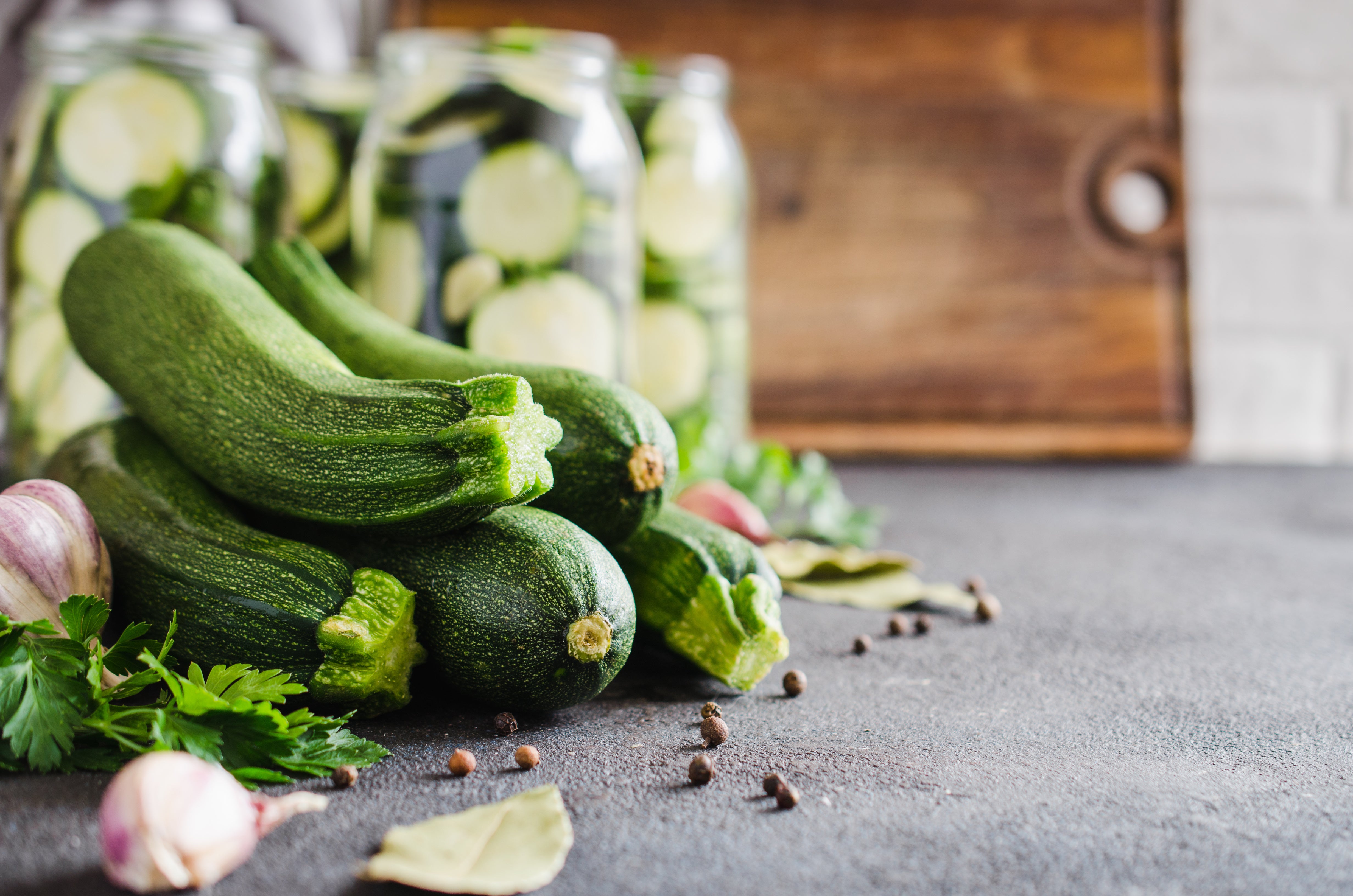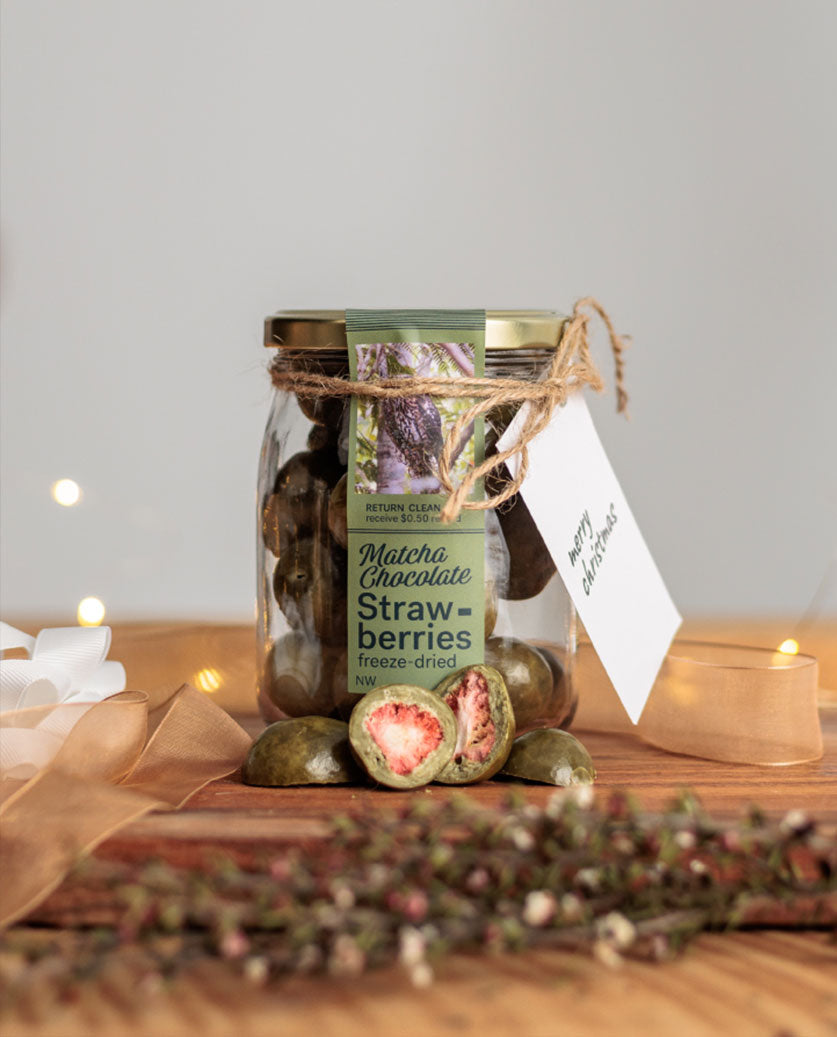Pickling Your Own Veggies
Pickled veg is a fast way to add a tasty zing to any dish, and it's also super good for your gut health!
Supermarket shelves are brimming with mass-produced, sterile jars of pickled veggies that, on close inspection, may have been made with synthetic vinegars and preservatives. Making your own pickled veggies is much better! By choosing your own ingredients you're not only avoiding synthetics, but also opening the doors to so many different flavours that can be achieved through the fermentation process.
You can pickle almost any veg using almost any spice to suit both your pantry requirements and flavour preferences... But there are some musts in the pickling rule book to adhere by for the best possible results.
Read on for our top tips & tricks for perfecting your own veggie pickling at home!

Sterilise Your Jars
Whether using glass jars you already have or purchasing a new set of GoodFor jars & bottles, sterilising before pickling will ensure the jars are completely free of bacteria that might cause spoiling during fermentation. To sterilise at home, simply wash your jars and lids in soapy water, then rinse but don’t dry them. Place the jars onto a baking tray and into the oven for 10 minutes, then soak the lids in boiling water for a further few minutes.
Use Fresh Produce
The biggest mistake newbie picklers make is using veg that is under-ripe or on the turn. Pickling works best with fresh veggies, as they will keep their taste and texture better than old veggies.
Salt Your Veggies First
When pickling veggies, you want to create a crystal clear and fragrant liquid that does not become diluted or coloured by the leeching of water from the veggies. In order to maintain this prime pickling liquid, most veggies require salting first to draw out their water content. After rinsing your veg well, dry it off before layering with salt and leaving for 1-2 days. Best practice pickling requires a ratio of approximately 1 tablespoon of salt to 500g of vegetable. Choosing a pure salt is important, as some table salt contains additives that may cloud your pickling liquid. Our pick for this water extraction process is Fine Pink Himalayan Salt, however Flaky Sea Salt and White Himalayan Rock Salt are also great choices.

Use Quality Vinegar
As with using fresh produce and a high quality salt, a high quality vinegar is also necessary for nailing your pickled veggies. Opt for a pure vinegar without any synthetics, additives or preservatives. As apple cider vinegar has been shown to aid in digestion and help you absorb more nutrients from whatever food you've paired it with, this is our vinegar choice for pickling at home. Other options include White Wine Vinegar, Red Wine Vinegar, Rice Wine Vinegar... Or a combination.
Let It Pickle
How long to keep your veggies pickling away before eating is a big question, and recipes hugely vary from 1-2 days right up to 6 months or even a year. As a rough guide, thinly sliced veggies or those with a high water and sugar content require less pickling time than those with more starch and larger proportions. The longer you leave your veggies to pickle for, the less crunchier and punchier they will become, so it's best to base your pickling time on your own taste preference.

Maintain Your Pickled Veggies
Provided your pickled veggies have been prepared and sealed carefully, they will keep for a long time. Good strong glass containers with airtight lids will ensure their maintenance, as they are easy to sterilise and seal well. Most pickled vegetables need to be kept refrigerated at all times.
Where to Start
For basic pickling, bring vinegar, salt and your desired spices to a boil, then after about a minute pour the liquid over the veg and let it refrigerate in an airtight jar. Start your pickling journey with something simple like cauliflower, beetroot, cabbage or green beans.
If you're taking on the job of pickling your own veggies at home, we'd love to see your creations. Tag us @goodforstore on Instagram or Facebook. Good luck!
 GoodFor
GoodFor

